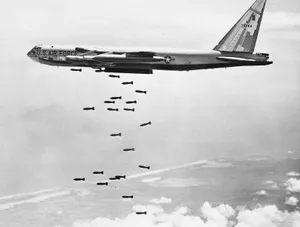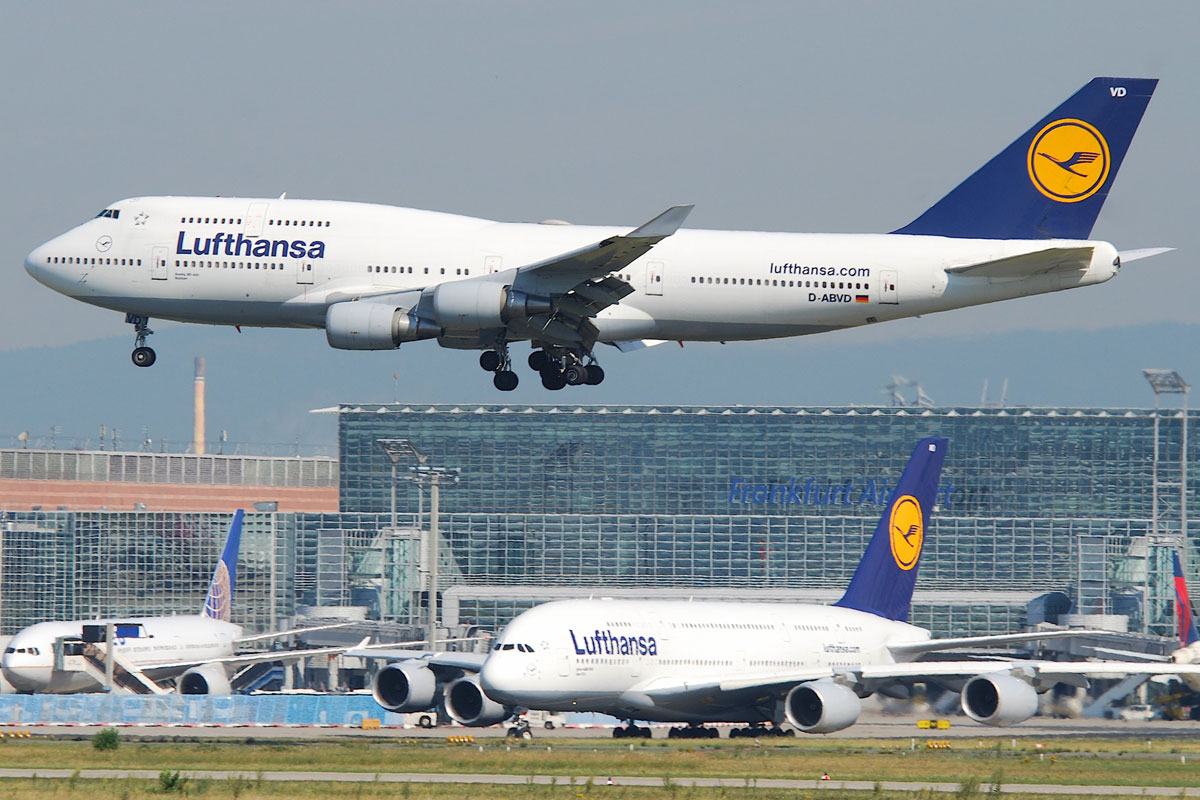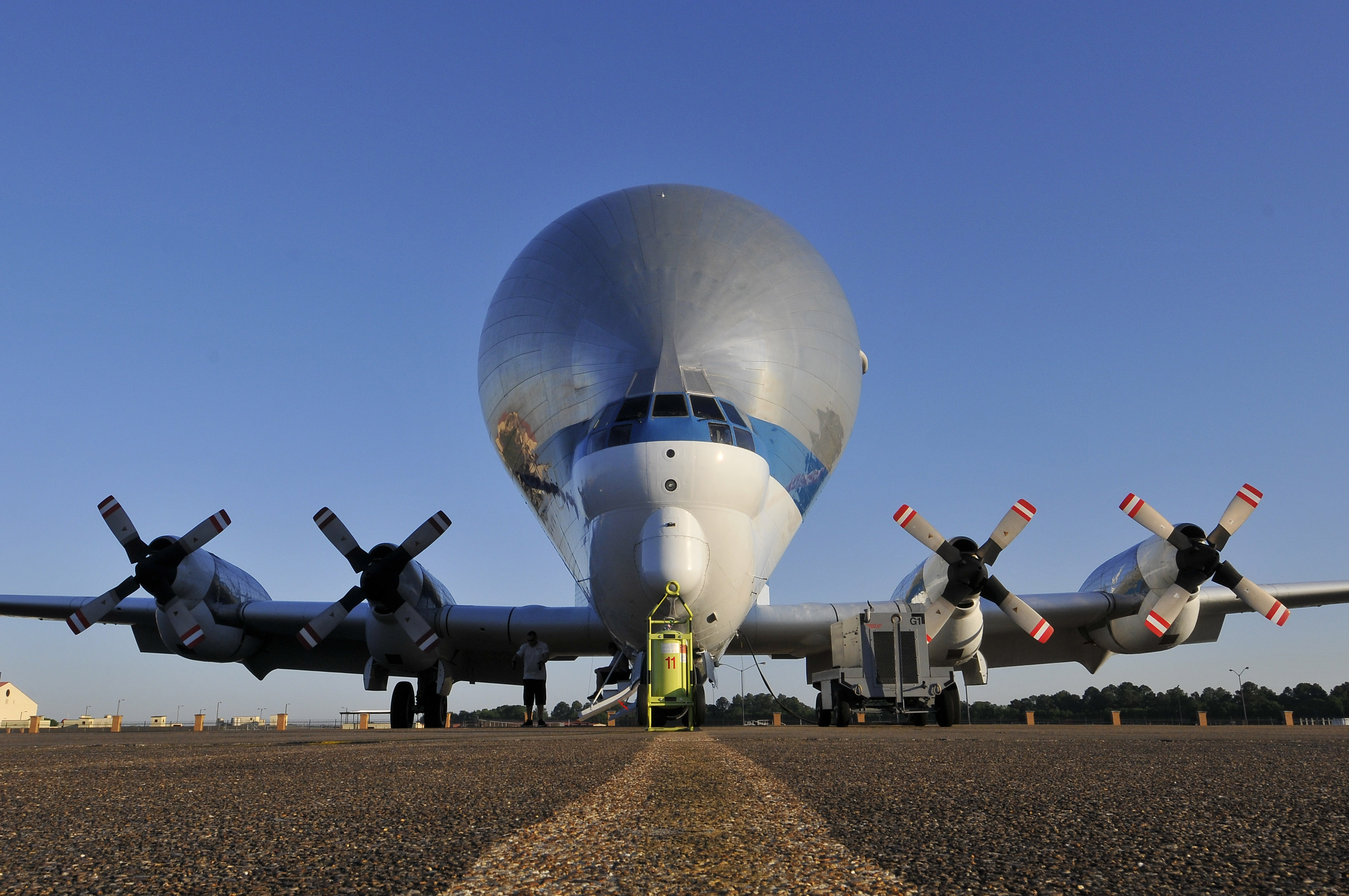Planes in Combat
The invention of the plane impacted warfare greatly, ushering in new strategies and giving aviation a key role in wars. At first no weapons were fitted on the planes themselves. The pilots carried handheld weapons, but soon the planes developed to have machine guns built onto them. Planes were used to drop bombs and attack other planes. Bombers also brought a negative effect as more innocent citizens were affected by combat.


